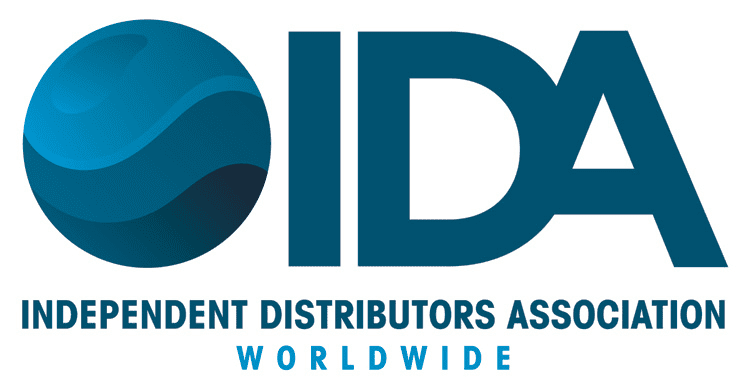As OEMs Go Green, How Can Aftermarket Suppliers Keep Pace?
Sustainability is no longer just a buzzword—it's a defining priority across the heavy equipment industry. Original Equipment Manufacturers (OEMs) are under increasing pressure to adopt environmentally responsible practices, from cleaner manufacturing processes to energy-efficient machinery designs.
As OEMs double down on sustainability commitments, aftermarket suppliers face a critical question: How can we stay aligned with these initiatives and remain a relevant, forward-thinking part of the value chain?
OEMs Leading the Way on Green Manufacturing
Many of the world’s top heavy equipment OEMs have set aggressive sustainability goals in recent years. These initiatives include:
Transitioning to low-emission manufacturing through the use of renewable energy and improved resource efficiency.
Reducing the carbon footprint of machinery by designing more efficient engines, hybrid systems, and electric-powered models.
Recycling and reuse initiatives that promote circular economies, including remanufacturing programs and parts reclamation.
These efforts are driven by regulatory pressure, customer demand, and broader ESG (Environmental, Social, and Governance) commitments. As OEMs incorporate sustainability into their brand identity, suppliers across the board—including those in the aftermarket—are expected to follow suit.
What This Means for Aftermarket Distributors and Suppliers
For independent distributors, aligning with green initiatives isn't just about reputation—it’s about long-term viability. Here’s how to stay in step with the shift toward sustainability.
1. Offer Environmentally Responsible Product Lines
Distributors can prioritize stocking remanufactured or recycled components that reduce waste and resource use. Partnering with suppliers that meet environmental standards or certifications (such as ISO 14001) also sends a clear message of commitment to sustainability.
2. Optimize Packaging and Shipping Practices
Reducing packaging waste and improving logistics efficiency are key areas where distributors can make an immediate impact. Using recyclable materials, minimizing single-use plastics, and consolidating shipments to lower transportation emissions are all practical steps.
3. Embrace Data and Diagnostics
Advanced diagnostics and predictive maintenance tools not only improve machine uptime—they also reduce unnecessary part replacements and waste. Promoting these technologies positions your business as a contributor to both operational efficiency and environmental responsibility.
4. Educate and Empower Customers
Aftermarket suppliers can add value by helping customers understand how green practices benefit their bottom line. This includes providing insights on fuel-saving parts, energy-efficient components, or maintenance routines that extend equipment life and reduce emissions.
5. Audit and Improve Internal Operations
Sustainability starts at home. Assessing your own energy use, waste management, and procurement policies can reveal opportunities to improve your environmental impact—and lower costs over time.
Staying Competitive in a Green Economy
Sustainability isn’t just a trend—it’s shaping procurement decisions, partnership eligibility, and customer loyalty. OEMs are increasingly evaluating their suppliers based on environmental performance, and distributors that lag behind may find themselves at a disadvantage.
On the other hand, those who align with sustainability goals can gain a powerful differentiator. They’ll be better positioned to meet the demands of large contractors, international buyers, and government projects that prioritize green sourcing.
Final Thoughts
As OEMs adopt greener manufacturing processes and equipment design, the ripple effects will be felt across the aftermarket. The distributors and suppliers who take proactive steps now—offering sustainable products, improving operational efficiency, and contributing to a lower-impact supply chain—will lead the industry into the next era of growth.
In a world where sustainability is becoming standard, the question isn’t whether to adapt—but how quickly and effectively you can do so.


